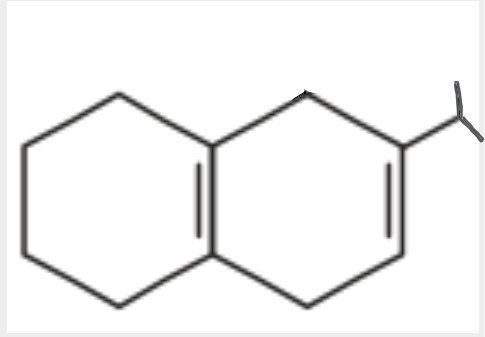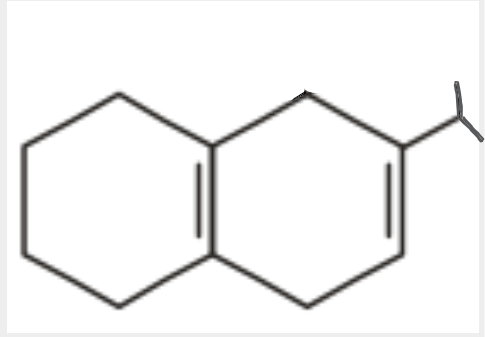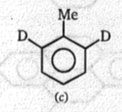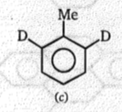Deduce structure of (A).
(A) C8H10 (B) C8H6O4 C8H5BrO4 (C) (one-product only):
1. 
2. 
3. 
4. 
(A) की अनुमानित संरचना है?
(A) C8H10 (B) C8H6O4 C8H5BrO4(C) (केवल एक उत्पाद):
1. 
2. 
3. 
4. 

The number of possible products for x and y is:
1. 2,4
2. 3,5
3. 3,6
4. 3,4

x और y के लिए संभावित उत्पादों की संख्या क्या है?
1. 2,4
2. 3,5
3. 3,6
4. 3,4
Which of the following will be the correct product (P) for the given reaction ?
| (1) |  |
| (2) |  |
| (3) |  |
| (4) |  |
निम्नलिखित में से दी गई अभिक्रिया के लिए कौन सा सही उत्पाद (P) होगा?
| (1) |  |
| (2) |  |
| (3) |  |
| (4) |  |
The products R and S are respectively
| (1) |  |
| (2) |  |
| (3) |  |
| (4) |  |
उत्पाद R और S क्रमशः हैं:
| (1) |  |
| (2) |  |
| (3) |  |
| (4) |  |
*and - और
Which of the following is best sequence of reagents for the conversion of
(1)
(2)
(3)
(4)
निम्नलिखित में कौनसा विकल्प निम्न रूपांतरण के लिए अभिकर्मकों का सबसे अच्छा अनुक्रम है-
(1)
(2)
(3)
(4)
In the given reaction,
The product 'Y' is
(1) A positional isomer of X
(2) Identical to X
(3) Chain isomer of X
(4) An oxidation product of X.
दी गई अभिक्रिया 
(1) X का एक स्थिति समावयवी
(2) X के समरूप
(3) X से श्रृंखला समावयवी
(4) X का एक ऑक्सीकरण उत्पाद।
The intermediate product 'X' of following synthesis is identified as :
| (1) |  |
| (2) |  |
| (3) |  |
| (4) |  |
निम्नलिखित संश्लेषण के मध्यवर्ती उत्पाद 'X' की पहचान इस प्रकार है:

| (1) |  |
| (2) |  |
| (3) |  |
| (4) |  |



The rate of nitration will be:
1. a>b>c
2. a>c>b
3. a=b=c
4. c>a>b



नाइट्रीकरण की दर क्या होगी?
1. a > b > c
2. a > c > b
3. a = b = c
4. c > a > b





















